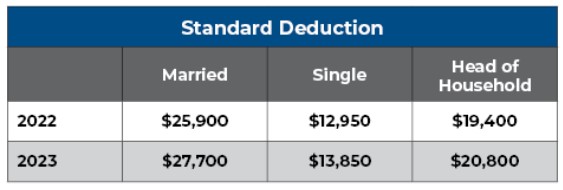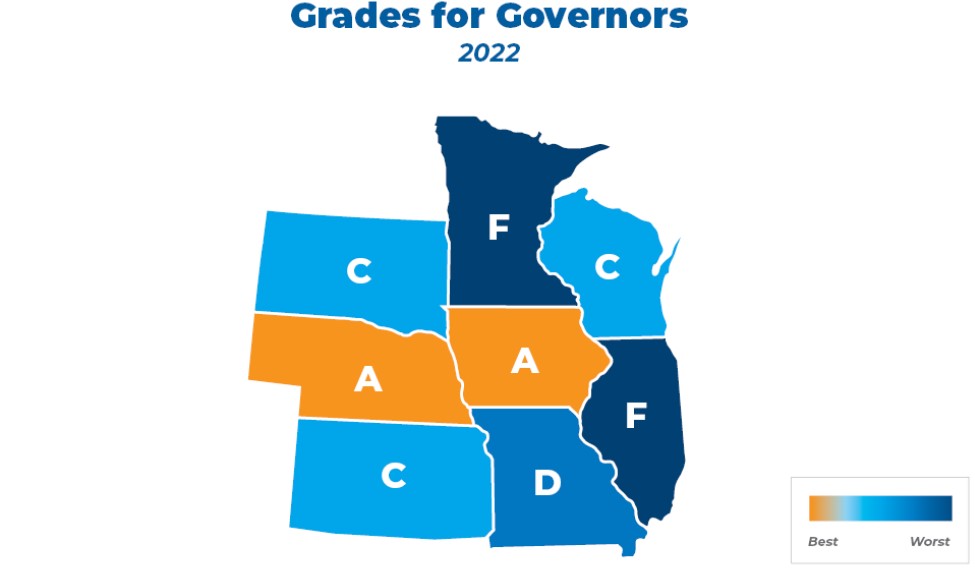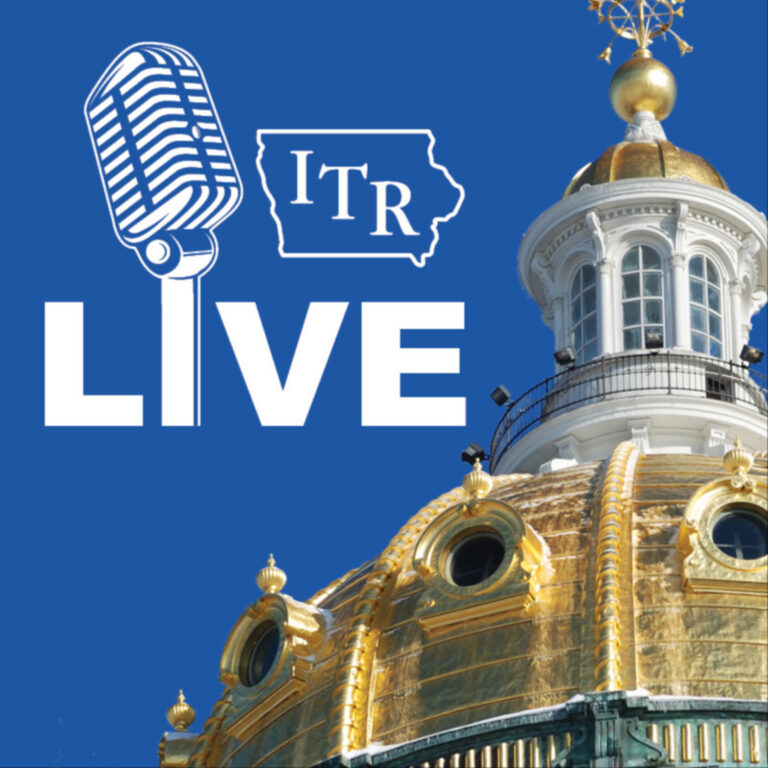
The State Revenue Estimating Conference (REC) met in October to evaluate the current and next fiscal years, FY23 and FY24. Compared with its previous forecast in March, the REC increased net General Fund revenue by nearly $400 million for the current fiscal year. Even in the face of inflation and a workforce shortage, the state of Iowa is in a strong financial situation.
Although this increase eliminated most of the anticipated gap relative to actual collections from FY22, the REC expects a decrease in total tax revenue, year over year. This expectation is not surprising given the phase-in of the historic 2022 tax cuts.
Continued strong revenue collections are evidence that tax cuts were justified in the state of Iowa; without them, the state government would have withdrawn more from the economy than necessary to support its services.
The federal government’s tax collecting agency released their annual inflation adjustments this month, proving that even the IRS is not immune to inflation. These updates are an attempt to keep inflation from leading to a de facto tax increase on Americans, and a few key components of the income tax code received 7 percent increases.

Don’t let these changes fool you. Nobody should believe that the pain of inflation is going to be erased by these IRS adjustments. After all, a 7 percent tweak to a couple of tax code components still lags behind the 12-month change in inflation (8.2%), in the price of gasoline (18.2%), and in the price of groceries (11.2%). We also cannot forget what is fueling inflation in the first place. While taxpayers will benefit from these changes, a small break in the federal income tax burden will still pale in comparison to the damage that’s being done by skyrocketing inflation, a slowing economy, and rising interest rates.
When cities sent local option sales tax (LOST) increases to the ballot, they told residents half of the new revenue would be directed toward property tax relief. To the contrary, as one frustrated Iowan in the Des Moines metro area declared to the Des Moines Register, “I have yet to see any relief in my property taxes.” The fact is, increasing existing taxes or creating new ones rarely provides relief from other taxes.
Property tax relief can only be achieved by addressing the root cause of the problem and reining in local government spending. Two policy ideas can accomplish that goal effectively.
At the state level, Governor Kim Reynolds and the legislature are following conservative budgeting and have made tough decisions regarding spending. Learn how these two options have proven effective in other states and how they could do the same here.
The Cato Institute has released their 2022 Fiscal Policy Report Card on America’s Governors. Iowa’s Kim Reynolds was not only one of just five governors who received an A grade from Cato, but this data driven report calculated her score as the highest in the nation!
Cato evaluated reforms that included abolishing Iowa’s inheritance tax, moving to a flat 3.9% personal income tax rate, eliminating tax on retirement income, and moving to a flat 5.5% corporate income tax rate. As a result, Governor Reynolds and Iowa stand out among our neighbors in this year’s report card.

Learn how Iowa compares to our neighbors and how leaders expect the recent reforms to impact those numbers.

